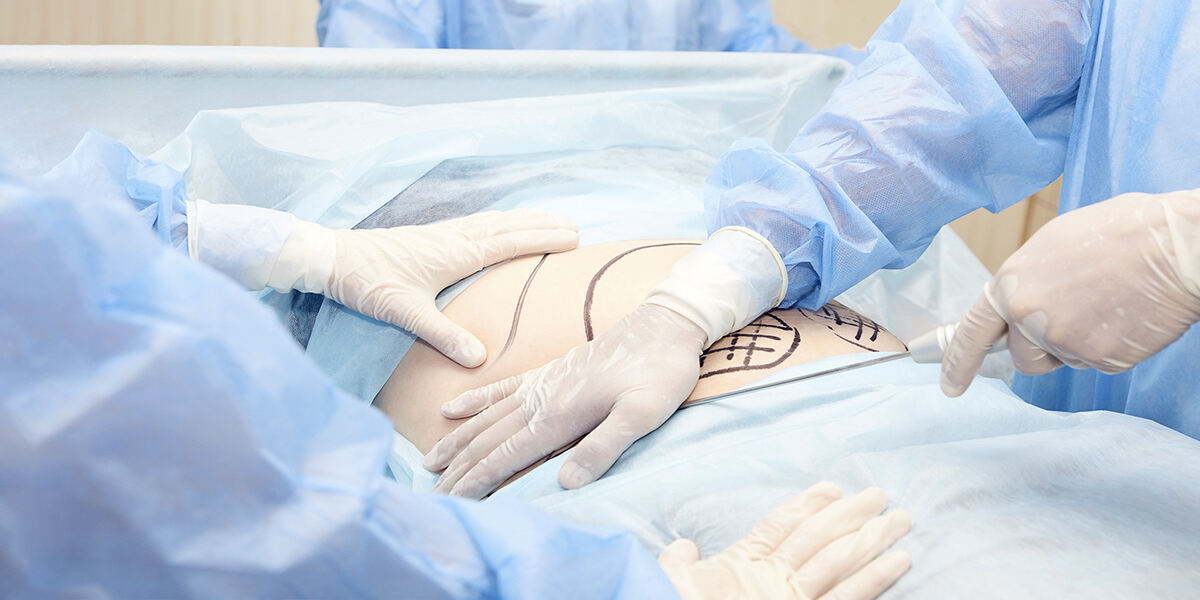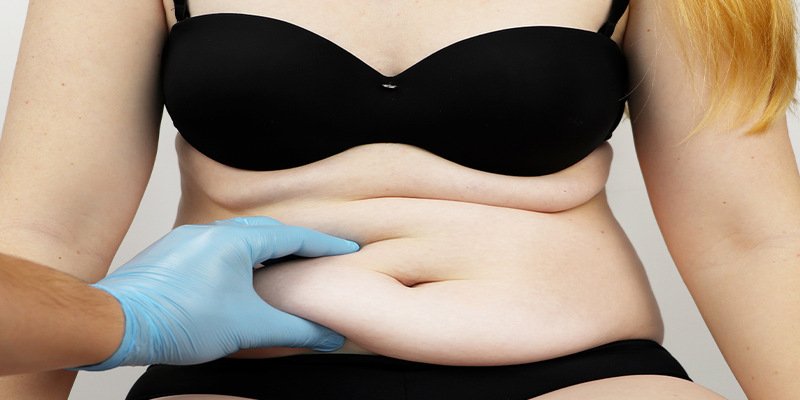Worldwide, individuals have struggled greatly with weight loss. People go to extremes by trying really hard crash diets in an attempt to achieve instant weight loss, but even after going to such great lengths, they find it hard to lose weight. On the other hand, some people lose weight but cannot get rid of the excess fat accumulated in certain body parts.
The abdomen/belly, waist, hips, thighs, arms, buttocks, back or neck are mostly those problematic areas where losing extra fat is difficult. Liposuction surgery is typically chosen by those who have tried diets and exercise plans but have not been satisfied with the results.
Liposuction, also known as lipoplasty, lipo, or body contouring, is a very common cosmetic surgery operation designed to remove extra fat from specific body parts that are unwanted. People go through this treatment to improve the structure of their bodies. In our article Liposuction: What You Should Know, we will sum up all the details you need to know about this cosmetic operation, so make sure to read till the end.
An Overview of Liposuction

It is widely known Liposuction removes unwanted fat from the body. People get mistaken when having this kind of surgery to believe they will lose weight, whereas improving aesthetic symmetry and boosting self-esteem are the primary goals of this procedure. On the whole, it cannot be taken as a possible substitute for weight loss. If you are overweight, you will probably lose more weight with proper exercise, a healthy diet or bariatric surgery.
Plastic surgery procedures have increasingly become more and more popular among people; millions of plastic surgery operations are performed each year, out of which Liposuction accounts for nearly a quarter of those cases and is increasing every year.
7 Things You Should Know About Liposuction
The top seven things to be knowledgeable about this increasingly popular and widely performed plastic surgery procedure are provided as follows.
In which areas can you get Liposuction?

Problem body parts where liposuction procedure is required includes, Chin, Neck, Upper Arms, Breasts, Thighs, Abdomen/Belly.
Ankles, inner thighs, and back are less frequently affected areas. Every person has a different ideal area because they all react differently to workouts and diets. Patients are consulted by qualified Liposuction surgeons to identify the body parts where Liposuction is needed.
Are You Awake As You Get Liposuctioned?
During Liposuction, the patient is usually awake, as is the case with all other less invasive cosmetic procedures. The surgeon numbs the area at the time of the procedure before injecting a saline-based solution containing lidocaine through a thin wand inserted beneath the skin. This numbs everything before the process, then breaks up and flushes out the cells of fat.
The surgeon might suggest additional IV sedation, which in certain situations involves larger patients getting multiple areas of treatment simultaneously. You should talk to your plastic or dermatologic surgeon about this. A liposuction procedure can be carried out without the need of getting hospitalized or even with no need for general anesthesia, and you can return home with someone to drive you after the procedure.
What makes you ideally suited for Liposuction ?
An ideal candidate for the procedure should be a non-smoker and healthy. Furthermore, he should be at or near their target weight. Ideal patients do not have visceral fat, which is the layer of fat that is beneath the muscle layer surrounding the abdominal organs, but rather persistent subcutaneous fat, which is fat that lies between muscle and skin.
Surgeons will also assess a potential patient's condition of the skin prior to suggesting Liposuction. Individuals who have cellulite or saggy skin are not ideally suited for Liposuction since these disorders might cause uneven or dimpled skin. On the other hand, people with strong elasticity in their skin are good candidates.
How Much Maximum Weight You Can Lose After Liposuction?
As mentioned above in the article, Liposuction is not a means of losing weight, rather, it is a body sculpting procedure that people get to dissolve fat cells in certain body parts. After the surgery, the fats removed might decrease your weight slightly, but that is not the target of the surgery. The primary aim of Liposuction is to get your desired aesthetic appearance by shaping your physique.
Both large and small areas can be treated with Liposuction. Although this surgery is most commonly performed on the abdomen to remove belly fat, it can also be used successfully on the thighs, chin, neck, bra rolls, and upper arms to eliminate arm fat.
What are potential risks in Liposuction?

There are potential risks associated with Liposuction surgery, so it is important to ensure that the procedure is exclusively performed by a qualified, highly skilled plastic or dermatologic surgeon.
However, you still need to take into consideration a number of Liposuction side effects, such as formation of fluid-filled pockets beneath your skin or tiny fat particles that separate and obstruct the bloodstream, etc.
When Do You Get Results From Liposuction?
As mentioned above in the article, Liposuction gives quick results. However, this does not mean that you will look great the moment you get the procedure done. Although it is a minimally invasive procedure, it is still a surgical procedure, and there would be differences in you from Liposuction before and after. After surgery, you might see some swelling and bruises in the affected areas, which should go down in two to three weeks. However, some patients might need more time to recover.
How Much Time Does Liposuction Recovery Take?
You most likely will not be hospitalized after the surgery. However, bruising, swelling, and soreness can be there for a few weeks minimum. Your surgeon might suggest you wear a compression garment for a couple of months. Moreover, he might prescribe you antibiotics to prevent infection. Most people can resume their daily routines in a couple of weeks and go back to their jobs in some days. But every human being is different, so some might need more time for Liposuction recovery.
Conclusion
As more people commit to living a healthy lifestyle and look for ways to achieve their body goals, Liposuction offers an excellent and affordable way to do so. As you must have understood by now, Liposuction is appropriate for some while not for others. Candidates for Liposuction should be non-smokers and in good physical condition.
Gaining more knowledge about this widely used procedure can help people in receiving the best care and treatment available. We have tried gathering all the information you should have in this guide on Liposuction: what you should know and hope it helps in making the right decision for yourself.








